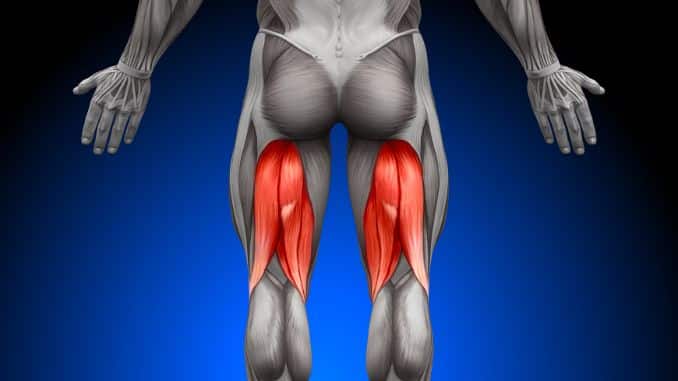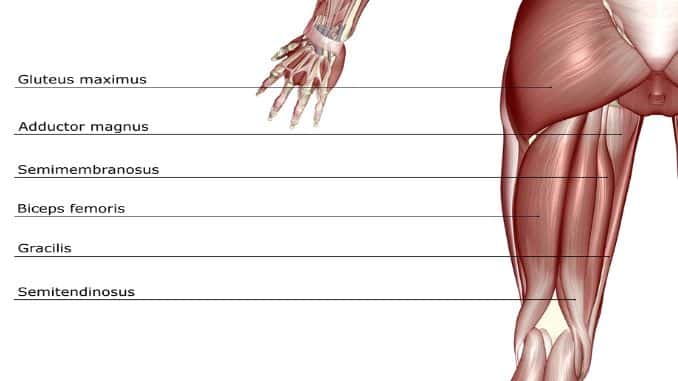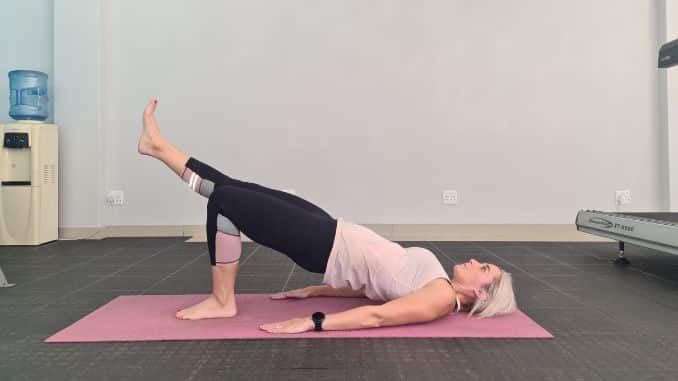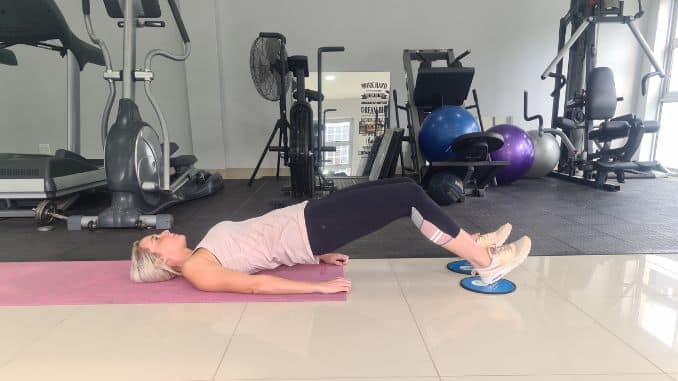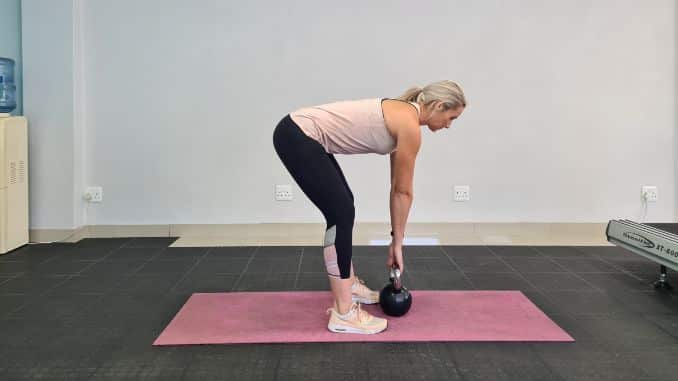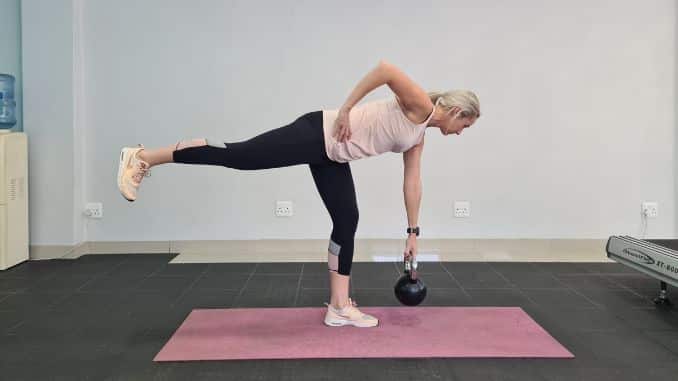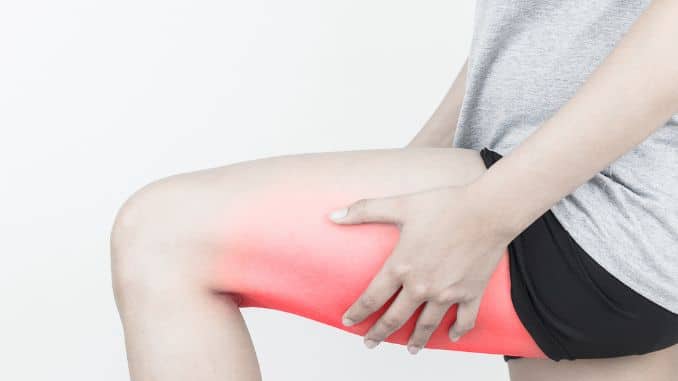
If you are suffering from pain around your bottom, together with pain at the back of your thigh, knee, or lower leg, then you may have hamstring tendinopathy. In this article, we’re going to discuss what it is, its causes, symptoms, and its management.
What is Hamstring Tendinopathy?
Hamstring tendinopathy refers to the inflammation of the hamstring tendons, where it originates in the sit bone of the buttocks or ischial tuberosity. People with this will experience buttock pain during activities like hill walking, running, prolonged sitting, and driving.
This is a common condition for runners, especially those who suddenly increased the intensity of their training and more on endurance athletes than sprinters. However, although this is a common condition, it is less well-known. Proximal hamstring tendinopathy, also known as high hamstring tendinopathy, is a chronic injury and is often difficult to rehabilitate, which causes frequent and long therapies and treatment, which could affect training sessions.
Anatomy of Hamstrings Muscles
The hamstring muscle is a group of muscles at the back of each of your thighs. Three muscles, the semitendinosus, semimembranosus, and biceps femoris which have long and short heads, compose it.
All of these hamstring muscles share a common point of origin, the sit bone of the buttocks or also called the ischial tuberosity of the pelvis, which sits deep beneath the bottom part of the gluteus maximus, the biggest muscle of the buttocks, except for the short head of the biceps femoris that is attached to the femur.
Together, these muscles extend the thigh at the hip, flex the leg at the knees and act as an antagonist to the quadriceps, or like “brakes” to decelerate the forward movement of the lower limb. Now tendons attach these muscles to your bones. Tendons with highly organized type one collagen make up tough fibrous structures designed to withstand heavy, compressive, and tensile loads.
Specific cells within the tendon, called tenocytes and tenoblasts, are responsible for looking after this tendon structure. Tendons have a blood supply, but it decreases at the point where the tendon attaches to the bone. This is usually where tendinopathy occurs.
What Causes Hamstring Tendinopathy?
Although the tendons are designed to take heavy, compressive, and tensile loads, they do not like sudden changes because it causes adverse changes to the tendon too. When this happens, too much load will result in the tendon exceeding its ability to recover after a heavy load. The collagen becomes disorganized, and changes occur to the cellular and neurovascular components of the tendon.
There are extrinsic and intrinsic factors that can cause hamstring tendinopathy. Extrinsic factors are those we have control over, such as training errors or poor training, or unaccustomed loads such as hill running, deep lunges, or a sudden increase in running distance, a sudden increase in the intensity and frequency of the exercise. While the intrinsic factors are those we don’t have control over, such as age, autoimmune disorders such as diabetes type 1 and 2, and others.
What are the Symptoms of Hamstring Tendinopathy?
People with hamstring tendinopathy will experience buttock pain, especially around the location of the ischial tuberosity of the pelvis or the sit bones. It is often described as deep buttock pain or high hamstring pain and an intense ache rather than sharp or stabbing pain. Which is often associated with muscle tears. Pain is felt especially when running at a faster pace, running uphill, prolonged sitting, repetitive activity, and bending the hip.
In some cases, the sciatic nerve can also be affected because it is close to the common hamstring tendon. It can cause referred pain in the posterior thigh.
Treatment for Hamstring Tendinopathy
High hamstring tendinopathy is difficult to manage because it can often result in prolonged recovery for 3 to 6 months. With most patients experiencing residual pain and discomfort. In some cases, they are also less likely to respond to conservative treatments. Planning individualized management based on your case with your doctor and physical therapist is essential for proper treatment.
A. Nonsurgical Treatment
-
Rest
Resting will give the tendons a chance to heal and could help reduce pain. However, we recommend limiting your rest for one or two days, as too much inactivity can cause muscle weakness that may affect your condition more. You can talk with your doctor and physical therapist about the activities you can and cannot do to avoid re-injury.
-
Ice/Heat Therapy
If pain and inflammation are present, icing is recommended. You may use a towel-wrapped cold pack or ice. Place it on the painful area for 10-15 minutes in a circular motion at least 3-4 times/day. On the other hand, heat therapy can help improve blood flow to the painful area, which fosters a better healing environment. This can also be done before you begin your exercise to warm up cold tendons, joints, and inelastic muscles to prevent injuries for 10-20 minutes Whether you’re using ice or heat therapy, it is recommended that you check the area every 5 mins to prevent heat/ice burns.
-
Stretching
Since the hamstring tendons and muscles are tight due to hamstring tendinopathy, a physical therapist can recommend stretching exercises to improve flexibility and range of motion of the legs.
-
Strengthening
Since most of the muscles of the legs are not used while trying to recover from hamstring tendinopathy, muscle weakness is expected. A physical therapist can recommend strengthening exercises to improve strength and reduce pain, especially eccentric hamstring strengthening which has been shown to prevent new and recurrent hamstring injuries in athletes. Working closely with your healthcare provider or physical therapist is essential to know the appropriate form and other factors to execute strengthening exercises for hamstring tendinopathy successfully.
-
Medications
NSAIDs or nonsteroidal anti-inflammatory drugs such as aspirin, ibuprofen (Advil), naproxen, and others can help reduce pain and inflammation. Always consult your doctor about prescribed medications and follow their proper dosage to avoid other adverse effects.
-
Other treatments
ESWT or extracorporeal shock-wave therapy (ESWT) may also be recommended to improve blood flow and break up fibrotic scar tissue. It is an outpatient procedure done in a clinic or doctor’s office. In this procedure, the doctor or physical therapist will apply a probe to the skin over the affected area, and this probe will deliver shock waves via electric charge. Other alternative treatments include ultrasound-guided corticosteroid injections, ultrasound-guided needle tenotomy, ultrasound-guided platelet-rich plasma (PRP) injections, or ultrasound-guided percutaneous (through the skin) ultrasonic tenotomy.
B. Surgical Treatment
Nonsurgical treatments usually take 3 to 6 months. However, if these fail to improve symptoms and treat hamstring tendinopathy, surgery may be recommended. This includes debridement of the diseased tendon, complete tenotomy (cutting of the tendon), and reattachment.
-
Debridement
This is a minimally invasive procedure that involves the removal of diseased or damaged tissue to give way for heather tissue to grow.
-
Complete tenotomy
This is also called tendon release. It involves cutting the tendon to reattach it to the bone. Also, the surgeon can do neurolysis during this surgery or release the sciatic nerve if it has been trapped in scar tissue due to tendinopathy. This surgical procedure takes a longer recovery period, so careful consideration is needed and should be recommended only as the last resort if all other options have failed to improve the condition.
4 Essential Exercises for High Hamstring Tendinopathy
1. Single-Leg Bridge
-
- Lie on the floor with your knees bent and feet flat on the floor, and arms on your sides.
- Lift one foot up until your hip, knee, and ankle are in a straight line. Ensure that you align your knees with each other.
- Press on your heel to raise your hips off the floor until your shoulders, hips, and knees are aligned.
- Hold this position for 7 seconds before putting your hips back down to the starting position. This is one repetition.
- Complete 10 repetitions, 1-2 sets.
- Repeat on the other side.
2. Supine Eccentric Hamstring Curl
-
- Lie on the floor with your knees bent and feet flat on the floor, and arms on your sides.
- Raise your hips up towards the ceiling and slowly extend your legs down to straighten it.
- As your legs extend, drop your buttocks on the floor until it touches them.
- Then bend the knees again to return to the starting position and repeat the procedure.
- Complete 10 repetitions, 1-2 sets.
3. Romanian Deadlift with KettleBell
-
- Stand with your feet slightly wider, shoulder-width apart, and hold a kettlebell with both hands in an overhand grip in front of your legs.
- Draw your shoulder blades down and back so that your chest is out front slightly.
- Inhale, hinge at your hips to allow the kettlebell to go down along the length of your thighs and halfway down your shins, then exhale.
- Properly activate your hamstrings (back of your legs).
- Then push through your heels and extend your knees and hips to return to the starting position. This is one repetition.
- Complete 10 repetitions, 1-2 sets.
4. Single Leg Romanian Deadlift with KettleBell
-
- Stand with your feet hip-width apart and hold a kettlebell by the handle using one hand only.
- Bend your knees slightly and bend at the hips while extending your leg behind your back, and maintain balance while allowing the kettlebell to go down along the length of your thighs and halfway down your shins.
- Then push through your heels again and return your leg down by hinging at your hips back to return to the starting position. This is one repetition.
- Complete 10 repetitions, 1-2 sets.
- Repeat on the other side.
Outlook
It is possible to heal hamstring tendinopathy with nonsurgical treatments, but this usually takes about 3-6 months. However, if nonsurgical treatments fail to treat or improve symptoms, healthcare providers may recommend surgical treatments. Careful planning with your doctor and physical therapist is important to create a treatment suitable for your case and aid in recovering as quickly as possible.

